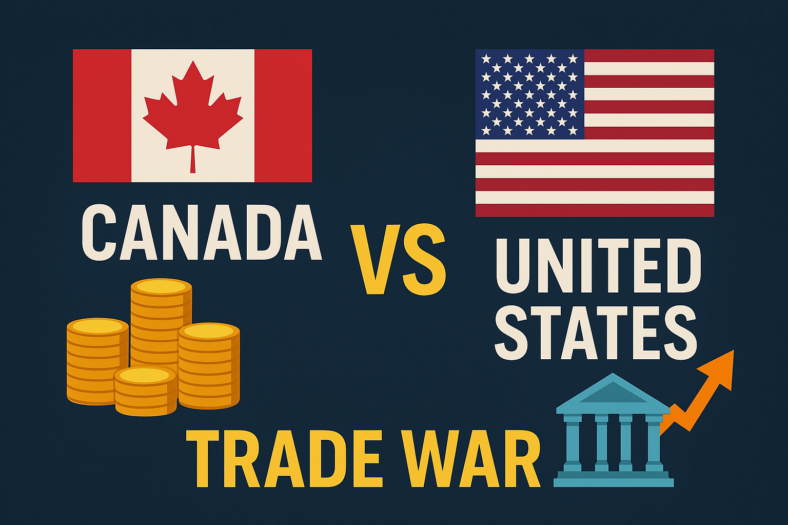Why Break a Mortgage?
As the Bank of Canada cuts interest rates, some homeowners who previously locked in higher rates are now eyeing opportunities to refinance or switch to lower rates. According to Shubha Dasgupta, CEO of Pineapple Mortgage, there’s likely to be a rise in mortgage break requests as Canadians look for better financial options amidst falling rates.What Does Breaking a Mortgage Mean?
Breaking a mortgage simply means ending the contract with your lender before the term’s maturity date. This is commonly done when selling a property, refinancing, or due to major life changes, like a divorce, where one party wants to exit the mortgage.How Mortgage Penalties Work
When you break a mortgage, lenders typically impose penalties. The type and amount of penalty depend on your mortgage type—variable or fixed.- Variable-rate mortgages: The penalty is often straightforward, generally three months’ worth of interest.
- Fixed-rate mortgages: Penalties are more complex, especially in a falling interest rate environment. In many cases, lenders calculate the higher of three months’ interest or the “interest rate differential” (IRD). The IRD accounts for the difference between your locked-in rate and the current lower market rates, meaning the larger the rate drop, the higher your penalty could be.
Tips to Avoid Mortgage Breaking Penalties
1. Port Your Mortgage
If you’re moving to a new home, some lenders allow you to “port” your existing mortgage to the new property. This means transferring your current mortgage terms to the new home without penalty. However, you’ll need to requalify based on your new financial situation and the details of the new property.2. Blend and Extend
For those who need extra funds to finance a larger home, lenders might offer a “blended rate” on the new loan amount. This combines your original rate with the current lower rate, allowing you to avoid a break penalty. For example, if you have an outstanding balance of $150,000 at 6% interest and want an additional $150,000 at 4%, the lender might offer a blended rate of 5% on the total $300,000 mortgage. Similarly, a “blend-and-extend” option is available if you want to refinance your mortgage and add extra funds. This combines your existing rate for the remaining term with a new rate on any added funds, extending the mortgage without triggering a penalty.3. Renegotiate with Your Current Lender
Sometimes, your lender may allow you to break and start fresh with a new mortgage at today’s rates without a penalty, especially if you’re staying with the same bank. This “clean slate” approach can be beneficial, particularly if you need a longer term to repay a larger loan.4. Spousal Buyout in Marital Separations
If a mortgage needs to be adjusted due to a marital separation, lenders may only charge an administrative fee instead of a penalty if no new money is being borrowed. This can ease the process of dividing property ownership without heavy financial burdens.Options for Reducing the Penalty Impact
1. New Lender Incentives
When switching to a new lender, some lenders offer cashback incentives or cover part of the penalty to attract new clients. For example, they might roll up to $3,000 of your penalty into the new mortgage balance, spreading the cost over the loan’s term rather than requiring an upfront payment.2. Online Mortgage Calculators
Many banks offer online calculators that allow you to estimate your penalty for breaking a mortgage. This tool can be invaluable in planning your options and understanding the potential costs.Is Breaking Your Mortgage Worth It?
Deciding whether to break a mortgage is a personal choice that depends on your financial goals. If the rate savings from switching to a lower mortgage rate outweigh the penalty, it could be beneficial in the long term. Consult with a mortgage expert to calculate potential savings and explore your options for penalty reduction.In Summary
Breaking a mortgage can open the door to lower rates and reduced monthly payments, but it’s essential to weigh the potential penalties. Options like porting, blending, and taking advantage of lender incentives can help reduce costs. With careful planning, homeowners can navigate this process strategically, allowing them to capitalize on current market conditions without a hefty penalty.FAQ
Breaking a mortgage means ending your mortgage contract with your lender before the agreed term is completed. This can happen if you want to sell your home, refinance for a better rate, or due to personal circumstances like a marital separation.
enalties vary based on whether you have a variable or fixed-rate mortgage. For variable-rate mortgages, the penalty is typically three months’ interest. For fixed-rate mortgages, the penalty can be either three months’ interest or the interest rate differential (IRD), whichever is higher.
Yes, options include porting your mortgage to a new property, blending your existing rate with a new rate if you need additional financing, or negotiating with your lender. Some lenders may also offer incentives if you stay with them.
If the savings from a lower rate exceed the cost of the penalty, breaking your mortgage may be worth it. Using online calculators and consulting a mortgage expert can help you assess potential savings and decide whether it makes financial sense.



















